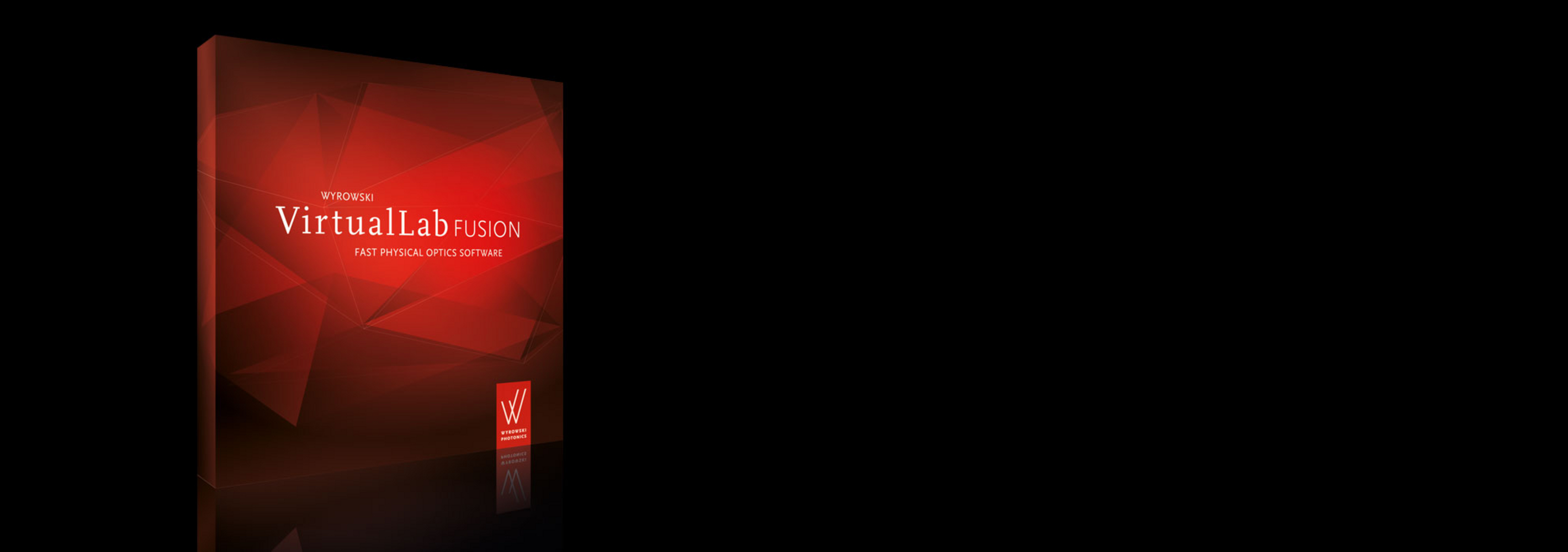VirtualLab Fusion 2023.2
The development of VirtualLab Fusion never stops.
Highlights and Benefits
Higher Speed
With VirtualLab Fusion 2023.2 the Distributed Computing Package is released as a new member of the VirtualLab Fusion product family.
VirtualLab Fusion 2023.2 also makes better use of multicore processors for parallel calculations.
In addition, the visualization of large 2D as well as 3D data is improved, to provide a more performant and fluid user experience.
Easier Use
VirtualLab Fusion 2023.2 comes with a variety of improvements for our Data Views. This includes new features for the visualization of 1D and 2D data as well as the 3D system data.
Regions are a central data object in VirtualLab Fusion. With VirtualLab Fusion 2023.2 we enable new options for editing polygon regions and also make the usage of regions (e.g., in the surface layout of the lightguide component) more user-friendly.
Isotropic as well as anisotropic Coatings are defined by a sequence of layers. In VirtualLab Fusion 2023.2, the layer sequences can be adapted even more user-friendly.
VirtualLab Fusion 2023.2 enables an easier usage of Detector Add-ons inside the universal detector as well in the main window of VirtualLab Fusion.
More Physics
The Parameter Variation Analyzer is available, which allows to configure an internal parameter sweep and to evaluate the combined result for the analysis of multi configurations.
The Field Inside Grating Analyzer now supports the evaluation of 2D periodic grating structures, too.
The Multimode Fiber CouplingDetector also provides the efficiency per mode in VirtualLab Fusion 2023.2.
Deeper Transparency
The Process Logging in VirtualLab Fusion now provides much more detailed information about the process during the simulation of an optical setup.
Better Control
The layout of the Profile Editing Tool has been further optimized to provide a more intuitive overview of the various parameters that can be adjusted.
In addition, the tool for Paraxial Assumptions has been simplified and the application to detectors within the underlying systems is more clearly communicated.
New parameters for the Parameter Extraction (e.g., parameters of the GRIN media and more parameter for the volume grating medium) are available, which allow their use in a parameter run or parametric optimization.

